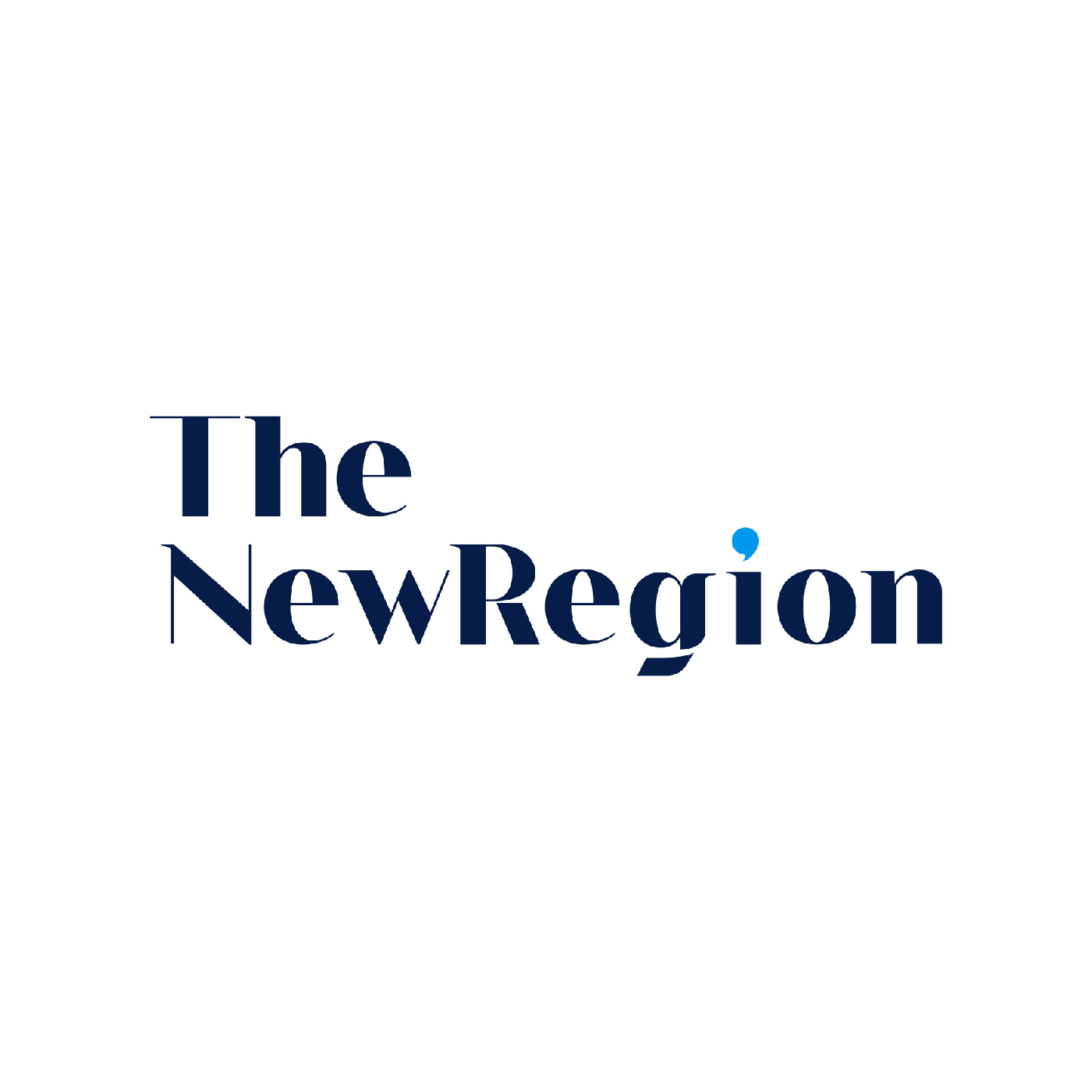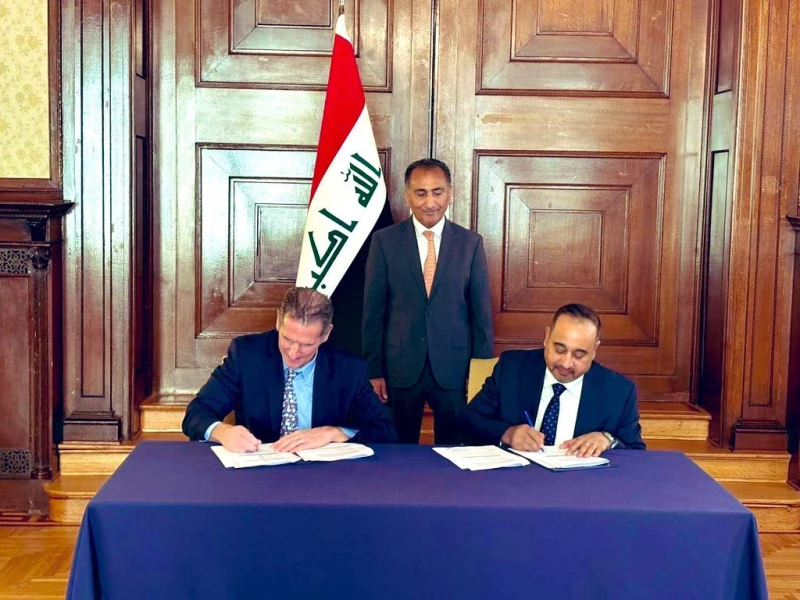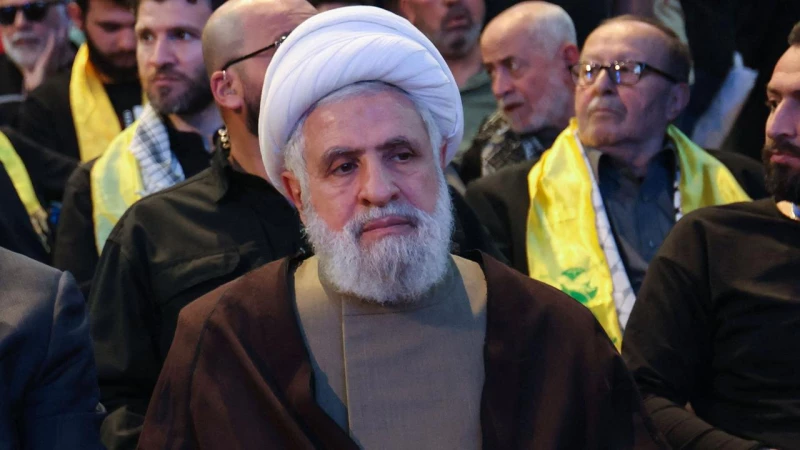ERBIL, Kurdistan Region of Iraq - An American report has highlighted the stance of Iran-aligned armed factions, both Iraqi and Lebanese, regarding Israel’s recent strikes on Iranian territory over the past several days, focusing on the roles and reactions of Lebanon’s Hezbollah and Iraq’s Kataib Hezbollah.
The report notes that “the Iran-backed Iraqi factions have largely remained silent,” attributing this silence to “domestic political concerns.”
The report, published by the Associated Press, suggests that Hezbollah has long been considered Iran’s first line of defense in the event of war with Israel. However, since Israel began its intense bombardment of Iran this week, the Lebanese militant group has stayed outside the conflict.
Meanwhile, a network of powerful Iran-backed armed factions in Iraq has also mostly remained silent, despite reports that Israel used Iraqi airspace to carry out its attacks.
The report indicated that domestic political concerns, along with the heavy losses sustained by allied groups during nearly two years of regional conflicts and unrest, seem to have pushed them into a secondary role in the latest round of instability affecting the region.
Hezbollah, the report stated, has been weakened by last year’s fighting and by the loss of a major Iranian weapons supply route following the fall of Syrian President Bashar Assad, a key ally during a swift rebel offensive last December.
“Hezbollah’s strategic capabilities have deteriorated while its supply lines through Syria have been severed,” said Andreas Krieg, a military analyst and associate professor at King’s College London, according to the report.
Many Hezbollah members, the report added, believe they have been sacrificed for Iran’s broader regional interests since Hamas launched its attack on Israel, which triggered the most recent war. They want to focus instead on Lebanon’s core interests rather than defending Iran, Krieg said.
The Associated Press quoted Qassem Qassir, a Lebanese analyst close to Hezbollah, stating that the group’s role in the Israel-Iran conflict “should not be ruled out,” noting that “this depends on political and battlefield developments. Anything is possible.”
Krieg stated, according to the report, that neither the Houthis nor the Iraqi factions can conduct strategic deep strikes against Israel, a capability that Hezbollah once possessed.
Renad Mansour, a researcher at the Chatham House think tank in London, said the Iran-aligned Iraqi factions have consistently sought to avoid dragging their country into a major conflict.
Unlike Hezbollah, whose military wing operates as a non-state actor in Lebanon while its political wing is part of the government, Iraq’s key factions are members of a coalition of groups formally recognized as part of the government’s defense forces.
“Things are going well for them in Iraq now; they’re connected to the state and benefit politically and economically,” Mansour said. “They also saw what happened to Iran and Hezbollah and are worried that Israel could turn its focus to them next.”
Krieg added: “That leaves the Houthis as a potential new pivot in the Axis of Resistance,” though he noted the group is not strong enough and is geographically too distant to inflict strategic damage on Israel beyond occasional rebel rocket attacks.
He concluded that “the perception that members of the Axis of Resistance were fully controlled by Iran was always flawed, but the ties are now more flexible… It’s no longer an axis in the traditional sense so much as a loose network where each member is largely preoccupied with its own survival.”
The report also traced Hezbollah’s history and regional links since its inception, stating that it was founded with Iranian backing in the early 1980s as a guerrilla force fighting the Israeli occupation of southern Lebanon. The group helped drive out Israeli forces and built up its arsenal over the decades, evolving into a major regional force and a centerpiece of the Iran-aligned network of factions and governments known as the Axis of Resistance. This alliance includes Iraqi Shiite factions, Yemen’s Houthi rebels, and the Palestinian Hamas movement. At one time, Hezbollah was believed to possess around 150,000 rockets and missiles, and its former leader, Hassan Nasrallah, once claimed to command 100,000 fighters.
In support of its ally Hamas following the Oct. 7, 2023, attack on southern Israel and the ensuing Israeli assault on Gaza, Hezbollah began launching rockets across the border. This led to Israeli airstrikes and shelling, escalating into full-scale war last September. Israel inflicted severe damage on Hezbollah, reportedly killing Nasrallah and other top commanders and destroying a large portion of its arsenal, before a US-brokered ceasefire ended the fighting last November. Israel continues to occupy parts of southern Lebanon and carries out near-daily air raids.
The report recalled attacks by Iraqi armed factions on US bases in Iraq, noting that these groups have occasionally targeted facilities hosting American troops in Iraq and Syria, while the Houthis in Yemen have fired on ships in the Red Sea and began targeting Israel.
The Associated Press report concluded that Hezbollah and its leader, Naim Qassem, condemned the Israeli strikes and offered condolences over the deaths of senior Iranian officers. However, Qassem did not indicate that Hezbollah would participate in any retaliatory response. He referenced a statement by Iraq’s Kataib Hezbollah regarding Israel’s use of Iraqi airspace, which read: “It is deeply regrettable that Israel fired on Iran from Iraqi airspace,” adding that Baghdad had filed a complaint with the UN Security Council.
“The Iraqi government must expel foreign forces from the country immediately,” the statement said.


 Facebook
Facebook
 LinkedIn
LinkedIn
 Telegram
Telegram
 X
X



